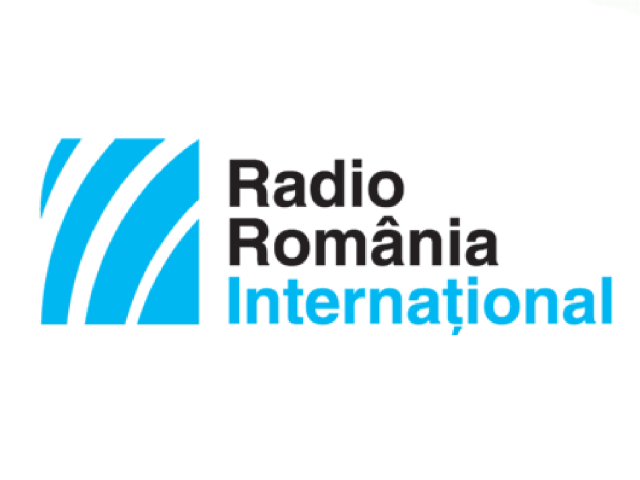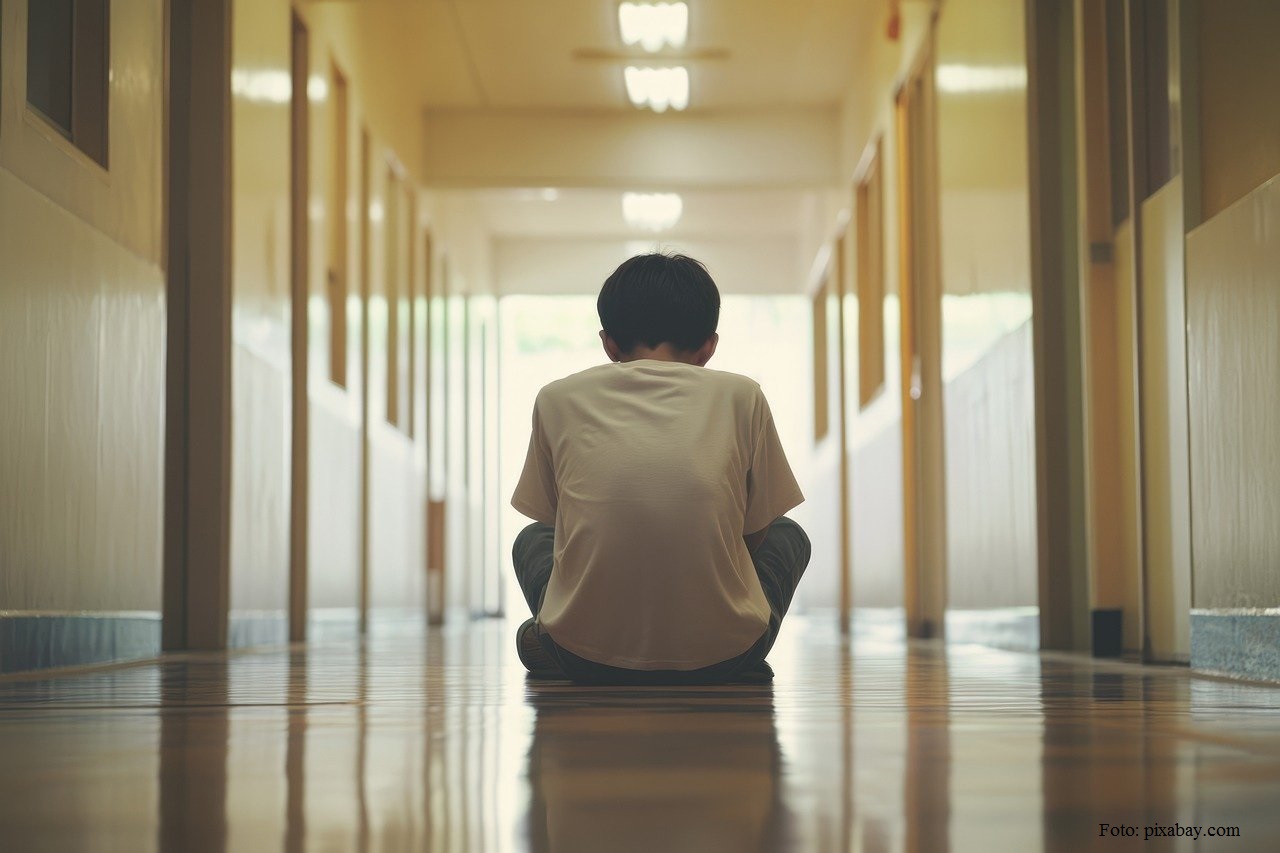The observance of children’s rights in Romania
On November 20, 1989, the UN General Assembly adopted the Convention on the Rights of the Child, which was ratified by Romania too.

Christine Leșcu, 27.11.2019, 14:01
On November 20, 1989, the UN General Assembly adopted the Convention on the Rights of the Child, which was ratified by Romania too. 30 years after that document was applied, the NGO “Save the Children” and a public institution — the Office of the Ombudsman — synthesized Romania’s shortcomings in terms of child protection. The analysis of the application of the UN Convention in Romania is not gratifying, whether we talk about the children’s economic situation conductive to school dropout, child labor and exploitation or violence against children — says Gabriela Alexandrescu, executive president of the NGO “Save the Children”:
“The child’s situation in Romania is critical now when it is 30 years since the ratification of the convention. Over one third of children live below the poverty threshold. There is a big chronic gap between the rural area and the urban one as regards the observance of children’s rights: the right to healthcare, to education, to a decent life. There is a very high school dropout rate, leaving its mark on the development of society. Romania has the highest child death rate in the EU and the highest material deprivation rate among children in the EU. 21.5% of Romanian children live in material deprivation as compared to the 5.9% EU average. Though it follows a decreasing trend, the child death rate stands at 6.5% as against the 3.6% EU average.”
Though legally speaking, Romania has adopted most of the recommendations laid down in the UN Convention on the Rights of the Child, it has made small progress in the last 10 years as regards the child death rate, the protection of children against violence and fighting poverty. According to the Report on the observance of children’s rights drawn up by the NGO “Save the Children”, in many areas, the living standard and the access to services of Roma and disabled minors have deteriorated. There is also a reduced access to education, including education in terms of health and reproduction, which triggers many social problems. For instance, Romania is the European country with the largest number of teenage pregnancies; over 17,000 teenage pregnancies are annually reported in Romania, 800 of them with 14 year old girls.
Gabriela Alexandrescu has more: “Around 30,000 children on an average annually drop out of elementary and secondary schools. The Roma Children’s school attendance rate is still low.”
Another problem is that in some cases school is not a proper environment, as Gabriela Alxandrescu tells us: “Many families use verbal, emotional and physical violence in raising their children. Almost two thirds of the children say they are submitted to this type of parental education. In school one in three children is involved in or witnesses bullying. So our children grow up surrounded by a lot of violence.”
In order to reduce cases of child violence, the Ombudsman has, as of 2018, a specialized department: the Children’s Ombudsman, who solves any notification regarding the violation of the rights of people aged below 18. Councilor Ligia Craciunescu tells us what the Children’s Ombudsman has done in its first year of existence:
“This year we have over 517 notifications received and over 425 ex officio notifications. More than 90 investigations have been conducted regarding possible violations of children’s rights. The Ombudsman has issued over 50 recommendations as regards these rights. Over 156 phone calls have been received and over 200 hearings were granted in Bucharest and other parts of the country. All this data refers to possible breaches of children’s rights.”
According to statistics made public by World Vision Romania, some 11% of the poor children miss school in order to work.






























